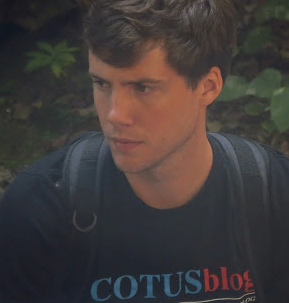Monday round-up

on Aug 28, 2017 at 10:55 am
The recently concluded term continues to generate empirical analysis. At Empirical SCOTUS, Adam Feldman looks at citations by lower courts to cases from the past term and notes that many of the most-cited cases involve criminal law and procedure. In a paper posted at SSRN, Joseph Miller conducts an empirical study of the Supreme Court’s intellectual-property cases from October Term 1994 through October Term 2016.
Some coverage of the Supreme Court focuses on petitions the justices will soon consider. At the Cato Institute’s Cato at Liberty blog, Thaya Brook Knight and Ilya Shapiro discuss the institute’s amicus brief in Lucia v. Securities and Exchange Commission, a petition asking the Supreme Court to consider whether administrative law judges who preside over hearings within the SEC are officers under the appointments clause of the Constitution. At the Washington Legal Foundation’s Legal Pulse blog, Richard Samp discusses the foundation’s amicus brief in Weyerhaeuser Co. v. Fish and Wildlife Service, a petition asking the court to review land-use restrictions, imposed by the FWS for the protection of an endangered species of frog, over territory the frog does not currently inhabit.
Briefly:
- In The Economist (subscription or registration may be required), Steven Mazie reports that for the fourth time in two weeks a federal judge has found that the Texas legislature discriminated against black and Hispanic voters; he notes that the Supreme Court “will probably be the forum of last resort” for assessing Texas’ district boundaries and that “it would be a surprise if the nine justices are not eventually called upon” to consider Texas’ voter-ID requirements as well.
- In The Atlantic, Garrett Epps argues that in the wake of President Donald Trump’s pardon of Joe Arpaio, “one must wonder what messages the justices are getting” because “every indication is that Trump will respond to an adverse Supreme Court ruling on any important issue with a full-throated assault on the court and on the very idea of judicial independence.”


